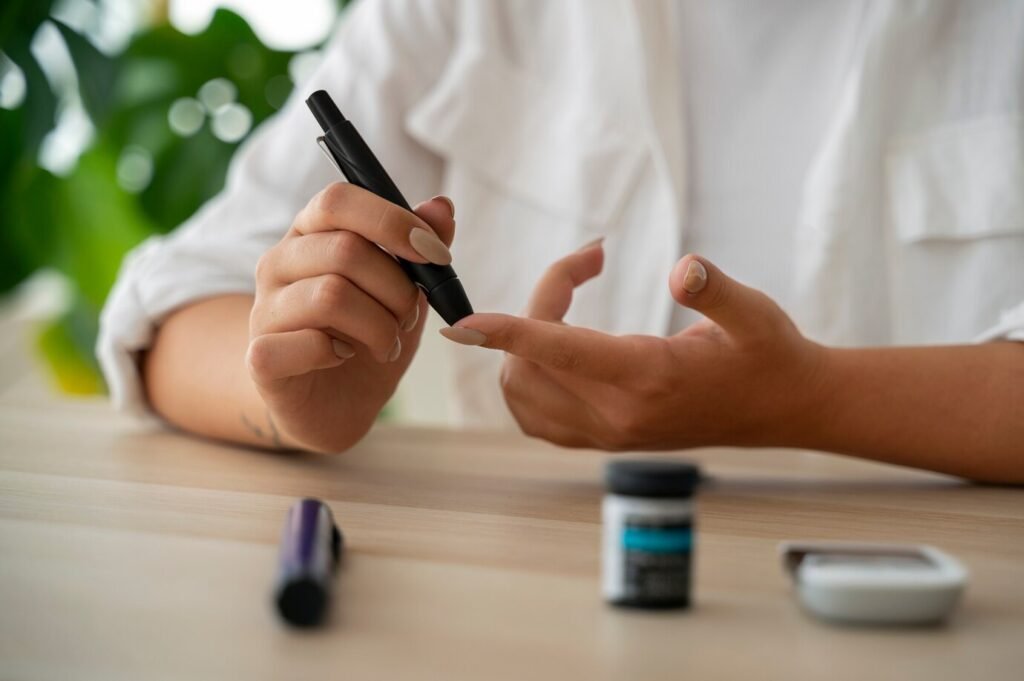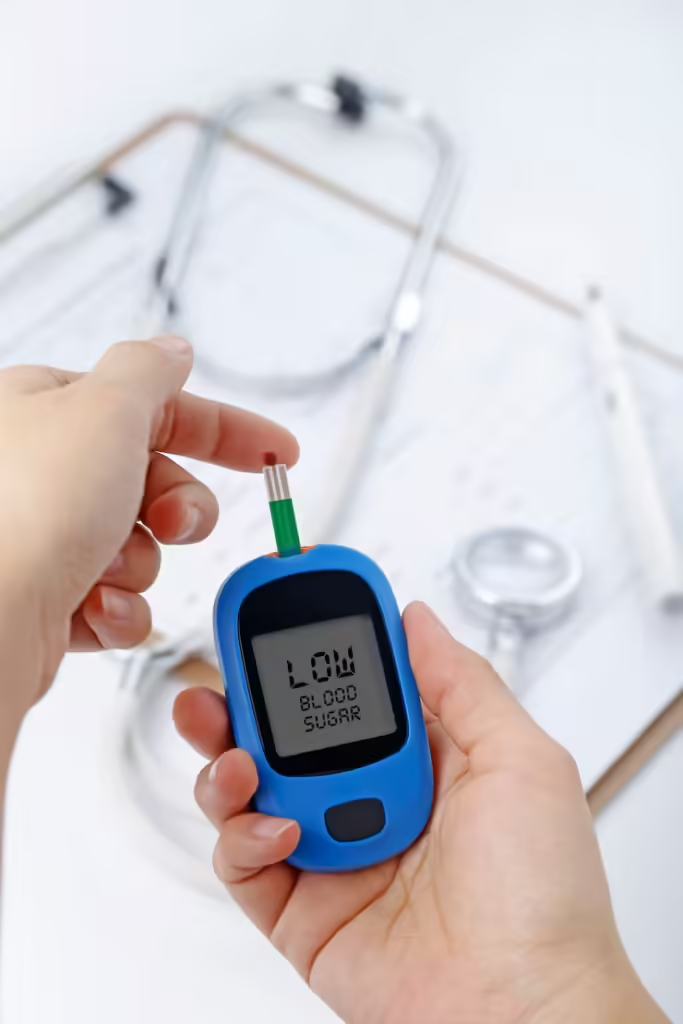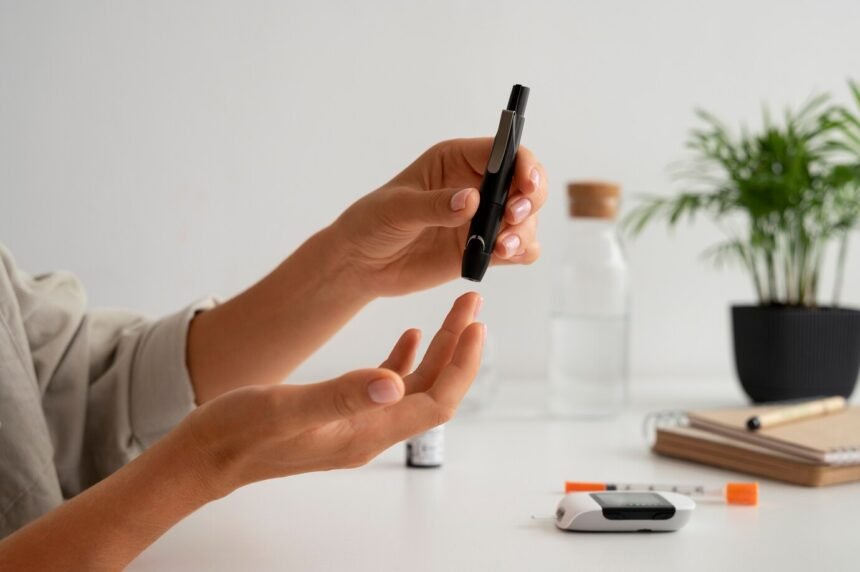Pre-diabetes is characterized by elevated blood sugar levels that aren’t high enough for a diabetes diagnosis. Symptoms may include increased thirst, fatigue, and skin changes. By implementing lifestyle changes such as a balanced diet, regular exercise, weight management, quality sleep, and stress reduction, you can significantly lower your risk of developing type 2 diabetes.

Common Signs of Pre-Diabetes
- Increased Thirst and Urination: As blood sugar rises, the kidneys work harder to filter excess glucose, leading to dehydration and a greater need for fluids.
- Fatigue: Insulin resistance makes it difficult for cells to absorb glucose for energy, resulting in tiredness and sluggishness.
- Weight Changes: Unexplained weight gain, particularly around the abdomen, can signal hormonal shifts due to insulin resistance.
- Skin Changes: Dark patches in areas like the neck or armpits may indicate pre-diabetes.
- Blurred Vision: Elevated blood sugar can affect the lens of the eyes, causing vision issues.
- Mood Swings and Increased Hunger: Insulin resistance can disrupt metabolic processes, leading to fluctuations in energy levels and appetite.
For diagnosis, the Hemoglobin A1C test typically shows results between 5.7% and 6.4%, while the oral glucose tolerance test falls between 140 mg/dL and 199 mg/dL, and fasting glucose levels range from 100 to 125 mg/dL.

Effective Remedies to Manage Pre-Diabetes
You can take proactive steps to lower your blood sugar levels and reduce your risk of type 2 diabetes with these simple lifestyle adjustments:
- Adopt a Balanced Diet: Focus on nutrient-rich foods like fruits, vegetables, whole grains, lean proteins, and healthy fats. Limit processed foods, sugary drinks, and high-calorie snacks. Opt for complex carbohydrates over simple sugars to help regulate blood sugar levels.
- Prioritize Exercise: Aim for at least 150 minutes of moderate-intensity aerobic activity each week, such as brisk walking, cycling, or swimming. Incorporate strength training two to three times a week to improve insulin sensitivity.
- Achieve Healthy Weight Loss: Losing just 5-10% of your body weight can enhance insulin sensitivity and lower your risk of type 2 diabetes. Combine a healthy diet with regular exercise to create a calorie deficit that supports weight loss. Studies indicate that individuals who lose 5-7% of their body weight and engage in 30 minutes of daily exercise can reduce their diabetes risk by nearly 60% over three years.
- Monitor Blood Sugar Levels: Regular monitoring can help you understand how your body reacts to different foods and adjust your diet accordingly.
- Ensure Quality Sleep: Aim for 7 to 9 hours of uninterrupted sleep each night. Poor sleep can disrupt hormone balance and worse insulin resistance.
- Manage Stress: Chronic stress can elevate blood glucose levels. Incorporate stress-reducing practices such as meditation, deep breathing exercises, yoga, or spending time in nature to help stabilize your blood sugar.
- Stay Hydrated: Drinking plenty of water can help regulate blood sugar levels and support overall health.

By making these lifestyle changes, you can effectively manage pre-diabetes and significantly reduce your risk of progressing to type 2 diabetes.
















